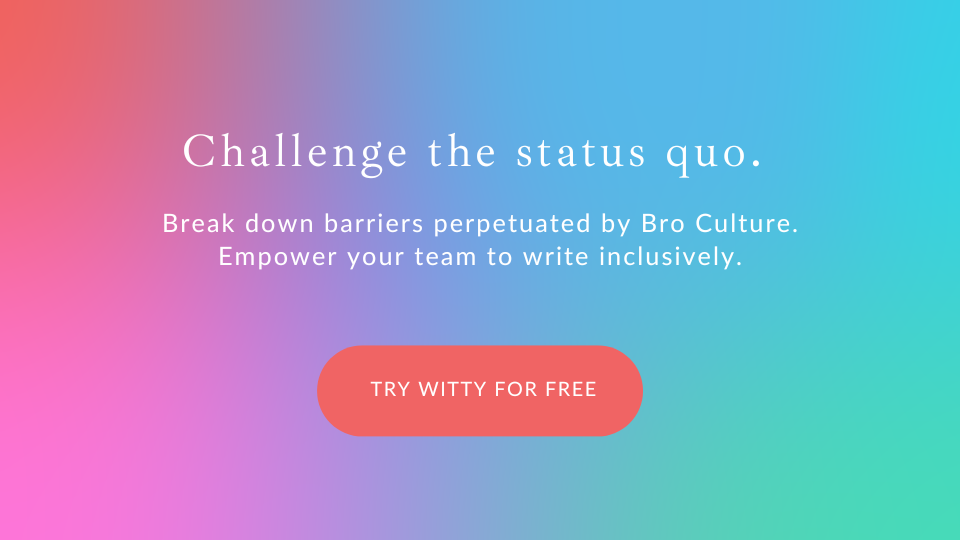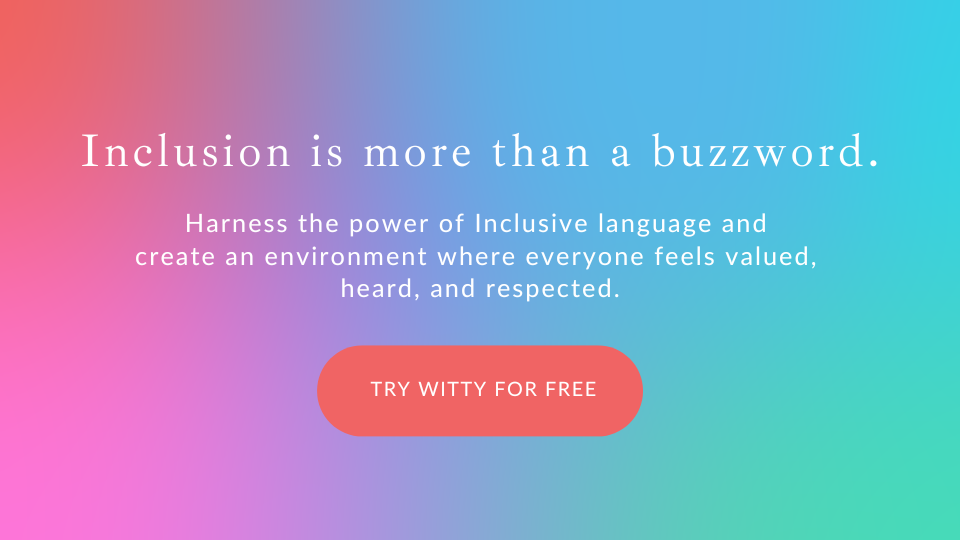Diversity, Equity and Inclusion (DEI) have become increasingly important topics in modern workplaces, particularly in the startup world. As more attention is being paid to the benefits of a diverse workforce, many startups recognize the need to overcome ‘Bro Culture’ and create a more inclusive environment for all employees.
In this article, we will explore some strategies startups can implement to promote Diversity, Equity and Inclusion, and create a workplace that values and celebrates differences
Understanding Bro Culture
Bro Culture refers to a social phenomenon where men with similar interests, particularly in sports, music, and fraternity lifestyle, form a tight-knit community that reinforces their shared values and attitudes. The term bro is derived from brother, and it is often used to describe a male friend or acquaintance.
Bro Culture originated in the early 2000s and gained popularity in the United States through movies, TV shows, and music. It was particularly popularized by the fraternity culture prevalent in American colleges and universities.
Bro Culture in a startup is characterized by the celebration of traditional masculine traits such as physical strength, hyper-competitiveness, and risk-taking while denigrating traditionally feminine qualities such as vulnerability, sensitivity, and emotional expression. This culture often results in the exclusion of women and minorities, sexual objectification of women, and disregard for emotional intelligence.
In a startup with a Bro Culture, communication may be characterized by aggression, bluntness, and confrontation, with little emphasis on tact, empathy, or mutual understanding. This can create a toxic work environment and contribute to high turnover rates, which can harm both individual employees and the company’s reputation in the industry.
The Power of Inclusive Language
Language is one of the most potent tools for communication and has the potential to either unite or divide. In the context of a startup, the language used can significantly influence the company’s culture and how employees interact. An inclusive language that respects and acknowledges all individuals can lay the groundwork for a more welcoming and accepting environment.
Inclusive language goes beyond the avoidance of offensive terms. It encompasses gender-neutral terms, sidesteps stereotypes, and shows respect for all individuals, irrespective of their gender, race, religion, or other identifiers. By implementing inclusive language, startups can challenge the status quo and break down barriers perpetuated by ‘Bro Culture.’
The Role of Witty in Promoting Inclusive Language
Intelligent tools like Witty can be instrumental in supporting the use of Inclusive Language in workplaces. Witty is designed to analyze communications and flag any non-inclusive language. This innovative tool encourages individuals to reconsider their words, making them more aware of the language they use daily. By incorporating Witty into communication practices, startups can actively foster an environment of respect, acceptance, and inclusion.
Strategies to Overcome Bro Culture
Overcoming ‘Bro Culture’ calls for a holistic approach, involving education, policy changes, leadership, and accountability. Here’s how to get started:
- Inclusive Policies and Procedures: Startups need to implement Inclusive Language Guidelines, anti-discrimination policies, and diverse hiring practices to create an equitable workplace.
- Leadership Commitment: Leaders play a pivotal role in modeling inclusive behavior, making diversity a priority, and holding themselves and their teams accountable for their actions.
- Employee Resource Groups (ERGs): ERGs offer a safe space for marginalized individuals to connect with others, providing valuable insight into the needs and concerns of underrepresented groups.
- Mentoring and Sponsorship Programs: These programs can help underrepresented individuals develop their skills, advance their careers, and navigate potential obstacles.
Conclusion
Inclusion is more than a buzzword; it’s a commitment to creating an environment where everyone feels valued, heard, and respected. As startups strive to dismantle 'Bro Culture,' they can harness the power of Inclusive language and tools like Witty to drive their Diversity, Equity, and Inclusion efforts.








